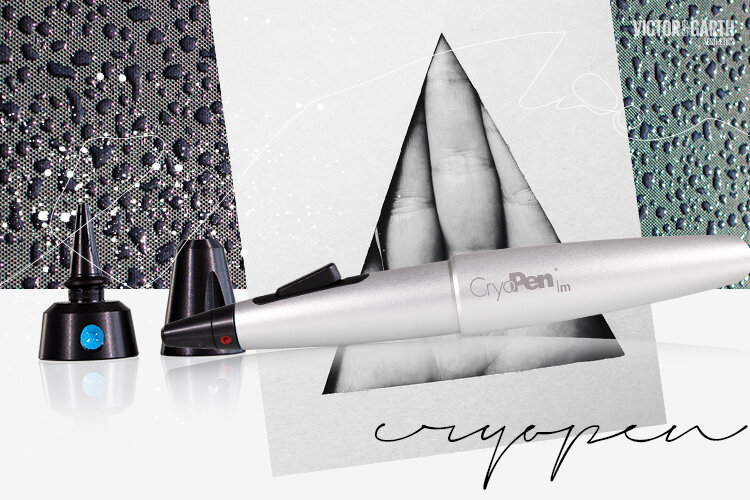
September 16, 2024
Usual Moles, Dysplastic Mole, And Danger Of Cancer Malignancy Nci
Melanoma Symptoms And Causes Considering that blemishes are almost always harmless, there is no requirement to treat them. Similar to lots of skin conditions, it's ideal to avoid the sunlight as high as feasible, or use a broad-spectrum sunscreen with an SPF (sun defense aspect) of a minimum of 30. This is specifically important due to the fact that people that freckle quickly (as an example, lighter-skinned individuals) are more likely to get skin cancer cells. Any modification in dimension, shape, shade or elevation of a place on your skin, or any new symptom in it, such as blood loss, itching or crusting, might be a warning sign to see your medical professional.Can Benign Moles Go Away?
Model's sunbed warning after sharing pictures of surgery to remove moles - Manchester Evening News
Model's sunbed warning after sharing pictures of surgery to remove moles.
Posted: Thu, 01 Feb 2018 08:00:00 GMT [source]
- While benign moles are usually a solitary shade of brownish, a cancer malignancy may have various shades of brownish, tan or black.
- These cells are called melanocytes, and they make the pigment that gives skin its natural color.
- Regular surveillance of these moles is particularly critical, to ensure that if a melanoma emerges, it can be identified and dealt with as early as feasible.
- This includes shaving or quiting so that it can be examined under the microscope.
- If they appear when you're older or they have specific attributes, they may be more likely to end up being malignant.
When Should You See A Skin Doctor For A Mole?
Fast growth might show uncommon task within the melanocytes. If a new mole is 1/4- inch or more, or if an existing mole expands rapidly, call us right away. People can shield their skin from the sunlight by adhering to the suggestions on NCI's Sunlight threat aspect web page. The most effective means to stop cancer malignancy is to restrict direct exposure to sunlight. Having a suntan or sunburn suggests that the skin has been harmed by the sunlight, and proceeded tanning or burning enhances the risk of creating melanoma. Usually the first indication of cancer malignancy is an adjustment in the shape, color, size, or feel of an existing mole. So, it is necessary to have routine skin checks and to check any modifications in your moles. Moles are common skin developments, and most are benign (noncancerous). Benign moles often tend to be round or oval-shaped and have smooth edges. Benign moles usually do not require treatment, yet it is essential to keep track of any type of moles you have for indicators of cancer. Not all melanomas comply with these guidelines, and some might not have all of these functions. It might be something as simple as completely dry or irritated skin, for example, or an allergic reaction to whatever laundry detergent you simply picked up. Intend to utilize this content on your website or various other digital system? Stay proactive concerning your skin health, and let us assist you maintain your skin risk-free and healthy and balanced. If your mole is itching, bleeding, oozing, or agonizing, see a medical professional right now. A lot of regular moles never ever become malignant; nevertheless, some do, particularly hereditary mole. You're more likely to create skin cancer cells if you have an abundance of moles (i.e., far more than 40). Those collections of extremely colored melanocytes (i.e., pigment cells) referred to as moles that a lot of grownups have don't do a lot when they're regular and benign. Regular moles are either typical nevi (little and distinct) or genetic mole (present from birth). To determine whether your mole is benign, a medical professional will visually analyze it and compare it to the appearance of various other benign moles. Many people have some skin marks, such as freckles and moles. Cancer malignancies likewise can develop in locations of the body that have little or no direct exposure to the sun. These areas might consist of the rooms between the toes and on the hands, soles, scalp or genital areas. These are sometimes described as surprise melanomas since they occur in position most people would not think to inspect. It's typical for moles to gradually expand as you grow, but in general, moles do not alter much. For someone with a lot of moles, medical care professionals frequently look for irregular moles and so-called "awful ducklings" that stand out and look various. These moles often inspect more of the ABCDE features. There are a couple of signs that a change in your moles could be concerning, Dr. Kohen claims. Wherever there is skin, a mole can form-- indicating they can establish in also inconspicuous locations, like under your nails and on the scalp. A benign mole can develop into cancer malignancy, but this is uncommon. As with several medical conditions, family history matters. If a close blood relative had cancer malignancy, you're at danger, too. Experienced dermatologist, Vicki Rapaport, MD, of Rapaport Dermatology in Beverly HIlls, California, desires you to understand the signs of melanoma. She advises inspecting your moles every month as part of your general self-care routine and getting an annual skin cancer testing. Melanoma is a sort of skin cancer that starts in melanocytes. It is potentially unsafe because it can invade nearby tissues and spread to various other parts of the body, such as the lung, liver, bone, or mind.What changes to be worried about a mole?
Social Links